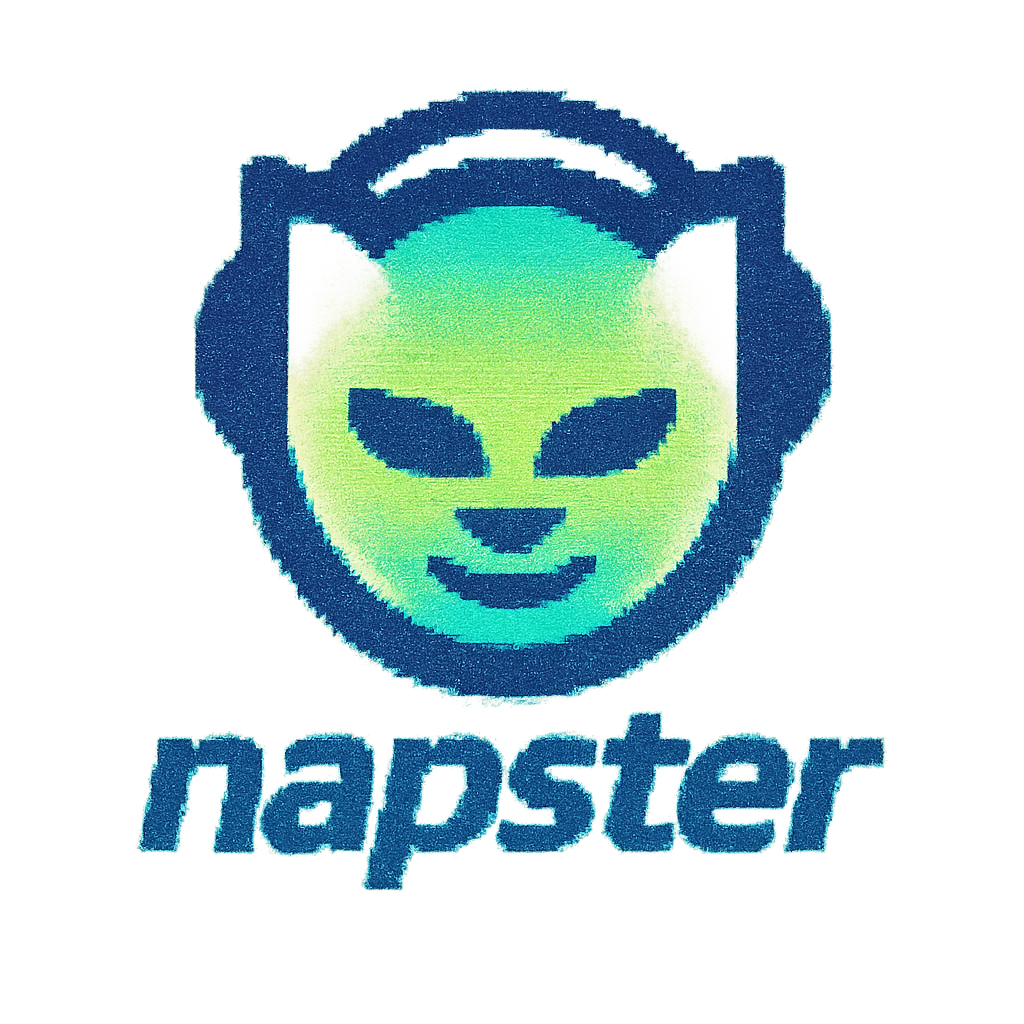The $1.5B… on Pause
What Anthropic’s Book-Piracy Case Really Signals for AI, Music, and the Data Commons
There are weeks when creative AI inches forward; this one snapped back and forth. First, a drumroll: Anthropic agreed to pay at least $1.5 billion to settle a class action from authors who say the company used pirated books to build early training sets for Claude. The headlines wrote themselves—$3,000 per work, hundreds of thousands of titles, and a landmark template for cleaning up the industry’s data sins. Then, the plot twist: Judge William Alsup in San Francisco refused to grant preliminary approval, sending the parties back to their homework with a follow-up hearing set for September 25 and interim disclosure deadlines in mid-September. The message was clear: big numbers don’t bypass basic fairness, specificity, and process. (WIRED, The Verge, Reuters)
The ruling doesn’t erase the proposed price tag; it interrogates the plumbing around it. Alsup wants to know exactly which books are covered, how authors will be notified, and how claims will actually work—before the court even considers letting the deal proceed. Reporting pegs the affected works at roughly 465,000–500,000, with about $3,000 per title as the baseline payout. That’s the part that grabbed attention. The unavoidable subtext, however, is the court’s insistence on a creator-legible process: a definitive list, a clean claims flow, and clarity that this isn’t a deal being shoved down authors’ throats. (The Verge, Reuters)
Underneath the settlement theatrics sits a legal fulcrum that’s already re-shaping the debate: in June, Alsup found that training on lawfully obtained books weighs as fair use, describing the use as “exceedingly transformative.” But he drew a bright line around shadow-library copies: acquiring and retaining pirated works is a different, potentially actionable wrong. The center of gravity is drifting from “what the model spits out” to how the corpus was sourced and stewarded. In other words, your most persuasive compliance document is a receipt, not a model card. (goodwinlaw.com, allaboutadvertisinglaw.com)
That distinction matters far beyond books. Think about the last 25 years of music. Napster’s chaos gave way to Spotify’s licensing rails; the next turn is programmable rights—machine-readable terms that travel with the data. The proposed Anthropic settlement (paused though it is) functions like a price signal for the unlicensed-ingestion era: shadow-sourced content is toxic inventory, provenance-clean data is a premium input. The judge’s pushback adds a new constraint: a deal won’t pass without audit-ready specificity. It’s not enough to write a check; you have to name the catalog and show your work. (Reuters)
For those of us working where AI meets music, specifically, ethical AI music platforms like Wubble, the ripple effects are immediate. Music publishers’ separate case over lyrics has already produced early guideposts. A judge denied publishers’ motion for a preliminary injunction blocking Anthropic’s lyric training—so the core fight continues—but the parties also obtained court-approved “guardrails” to curb raw lyric regurgitation. Those are process wins, not endgame rulings, yet they rhyme with what Alsup is now demanding on the books side: clear scope, operational constraints, and verifiable administration. If a text settlement must enumerate covered works and show a credible claims user journey, a music settlement will need ISWC/ISRC-aligned catalogs, split-aware payouts, and output rules that keep models away from simple copy-paste. (Music Business Worldwide)
Zoom out and you can see the architecture of a post-scrape industry taking shape. If you’re building models, the task isn’t only to be “good” with data; it’s to be provably good. That starts with treating datasets like financial assets. Create data rooms, not data lakes: controlled access; supplier KYC; file-level hashes; license proofs attached to every corpus; and, where you find suspect sources, quarantine and destroy with attestation. Roll those file-level facts into Merkle-auditable manifests and anchor the roots so you can timestamp claims without exposing content. Make your samplers rights-aware, honoring “no derivatives,” “non-commercial,” or other license constraints up-front. Ingest C2PA signals and watermark metadata and propagate that provenance through the training pipeline so, when asked, you can trace influence without leaking weights. Then get an independent audit and publish a provenance report on a regular cadence. None of this is romantic; all of it will soon be table stakes.
Now layer on what the court just telegraphed. Two pieces of “boring” infrastructure suddenly become strategic: enumerated corpus manifests and a working claims flow. If a judge tomorrow ordered you to furnish a definitive works list, could you? If asked to show a plain-language portal where rightsholders can search, claim, opt out, and appeal disputes, can you demo it now? Those are not hypotheticals anymore. Alsup has made it plain that price without process won’t fly. (The Verge)
Does the $3,000 per-work figure survive this do-over? Maybe. The court didn’t declare the economics outrageous; it challenged the administration. In one plausible path, the parties return with a verified list, a court-vetted notice, and a transparent claims pipeline, and the number stands roughly where it is. In another, the payout tiers or eligibility rules evolve—perhaps narrowing to a smaller, more certain set of works with adjusted amounts. Either way, the signal won’t change: the age of “we scraped the internet” has given way to forecastable data costs and liability cleanup that investors and acquirers will expect to see modeled. (Reuters)
On the doctrine, nothing about the pause touches the June line-drawing. Courts can uphold training on lawfully acquired copies as fair use while condemning pirate-pipeline conduct. That duality actually points toward an industry truce: if you can prove your inputs were clean—or that you licensed the messy bits—you reduce both legal exposure and reputational drag. And if you can’t, the options narrow to deletion with receipts, retroactive licensing at scale, or litigation roulette. As more cases surface, commentary across legal outlets has coalesced around that message: training can live under fair use; provenance is where cases will be won or lost. (goodwinlaw.com, allaboutadvertisinglaw.com)
What about outputs—the part creators feel most viscerally? Expect more guardrails: prompt filters that deflect direct requests for copyrighted works; context gates that block RAG access to restricted corpora without a license; and memorization-prevention tactics that reduce surface-level regurgitation. None of this is about outlawing influence. It’s about pricing influence and preventing duplication. Music has lived with that nuance for a century: channel the vibe, don’t clone the melody. The best AI systems will honor the same line—and show their homework when asked. (Music Business Worldwide)
There’s also a quiet role here for Web3 infrastructure—less about tokens, more about attestations. Put the facts on chain: who granted what to whom, under which scope and term; when a license is revoked; when a dataset is destroyed; when a claim is paid. Combine that with C2PA and you get provenance signals that tools—not lawyers—can read. Creators get data wallets to see usage and receivables; platforms get programmatic policy engines that don’t grind to a halt every time a catalog changes hands. You don’t need to move media on-chain; you need to make rights machine-legible and portable.
From now until September 25, the most interesting work won’t be in the headlines; it’ll be in the annexes. We’ll see whether the parties can publish an exhaustive roster of works, table a plain-English claims form, and explain how the deal treats later-discovered titles. If they thread that needle, this could still become the first court-blessed template for resolving legacy ingestion at scale. If they don’t, expect a slimmer deal—or a trip back to the trial calendar. Either way, the industry has its marching orders: show your receipts, and design processes creators can actually use. (The Verge, Reuters)
The cultural point is simple. A $1.5B headline is loud, but trust is rebuilt in the quiet parts: lists, notices, forms, audits. If we want a vibrant data commons that pays authors and musicians while powering better models, we have to do the boring work beautifully. Make it trivial for a novelist to find their book; for a songwriter to check their splits; for a label to see where a stem was used; for anyone to claim, opt out, or get paid with one click. That’s not paperwork. That’s product.
Bottom line: the judge didn’t kill the deal—he demanded details. The lesson for AI companies, publishers, and labels is the same: provenance, specificity, and creator-centered administration aren’t nice-to-haves. They are the new rails. Nail them, and the price conversation gets easier. Skimp, and even a billion-plus won’t clear your runway.






